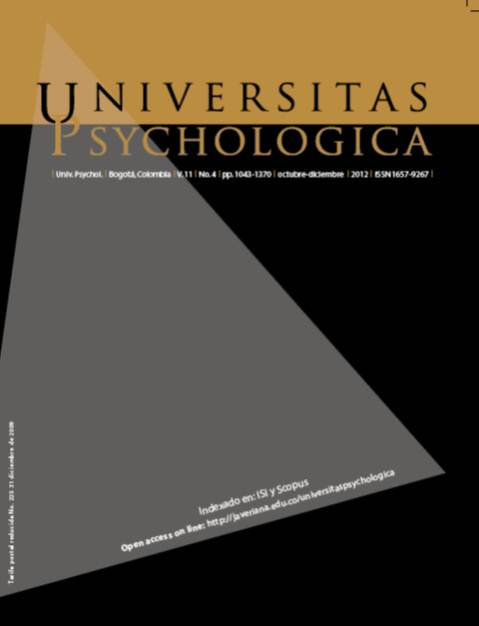Abstract
The current situation of coverage, quality, equity and diversity in educational policies pose new challenges to educational institutions, especially the public ones, which must develop strategies to meet the needs of students who are in their classrooms capitalizing their strengths. With an exploratory research and a mixed explicative research methodology, we present the results the first phase of this study, corresponding to institutional educational projects analysis and characterization of outstanding students. We analyzed the results of 1,536 students from 18 educational institutions from Antofagasta and Calama (Chile). From the analysis and according to indicators of academic talent, the sample was characterized in four groups of students: outstanding, sub-nominated, over-constrained, and average. The sub-nominated student category raises questions concerning to the methodology for identifying talented and gifted students in Chilean programs, strongly grounded in teacher nomination. These findings note the need to generate alternative routes, such as self-nomination. To conclude, we give some suggestions on public policy regarding education for outstanding students in Chile. However these can be largely transferred to other cases throughout Ibero-America.
This journal is registered under a Creative Commons Attribution 4.0 International Public License. Thus, this work may be reproduced, distributed, and publicly shared in digital format, as long as the names of the authors and Pontificia Universidad Javeriana are acknowledged. Others are allowed to quote, adapt, transform, auto-archive, republish, and create based on this material, for any purpose (even commercial ones), provided the authorship is duly acknowledged, a link to the original work is provided, and it is specified if changes have been made. Pontificia Universidad Javeriana does not hold the rights of published works and the authors are solely responsible for the contents of their works; they keep the moral, intellectual, privacy, and publicity rights. Approving the intervention of the work (review, copy-editing, translation, layout) and the following outreach, are granted through an use license and not through an assignment of rights. This means the journal and Pontificia Universidad Javeriana cannot be held responsible for any ethical malpractice by the authors. As a consequence of the protection granted by the use license, the journal is not required to publish recantations or modify information already published, unless the errata stems from the editorial management process. Publishing contents in this journal does not generate royalties for contributors.


